Beginning of the R. STAHL Brand
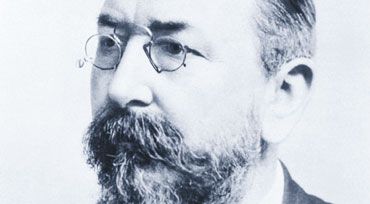
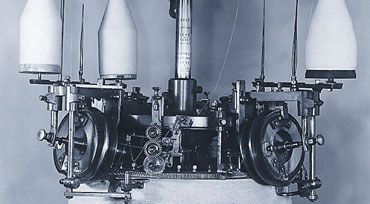
On 1st August 1876, master metalworker Rafael Stahl and his partner Gustav Weineck founded a company named "Stahl und Weineck" near the Stuttgart city gates. The mechanical workshop at 117 Cannstatter Straße manufactured domestic appliances and products for the textile industry. These included American-style irons, as well as industrial circular looms for making tricot fabric. With great determination, Rafael Stahl strived to continuously improve quality, and gradually expanded production. He was always on the lookout for new projects for undertaking.
The round loom factory
Following the death of his partner Gustav Weineck, Rafael Stahl joined forces with Wilhelm Stücklen in 1880 to set up a round loom factory. The two company founders achieved financial independence when they erected their own factory building in Feuerbach in 1886. This was known as the "R. STAHL Rundstuhlfabrik Stuttgart-Feuerbach".
In this factory, they manufactured the machinery required to produce tricot fabric. The USA accounted for the biggest share of their export sales, with Italy and China also becoming significant markets. As women's fashion changed, however, the demand for tricot fabric declined. The company had to scale down its operations and relocate back to Stuttgart. In 1899, Rafael Stahl passed away.
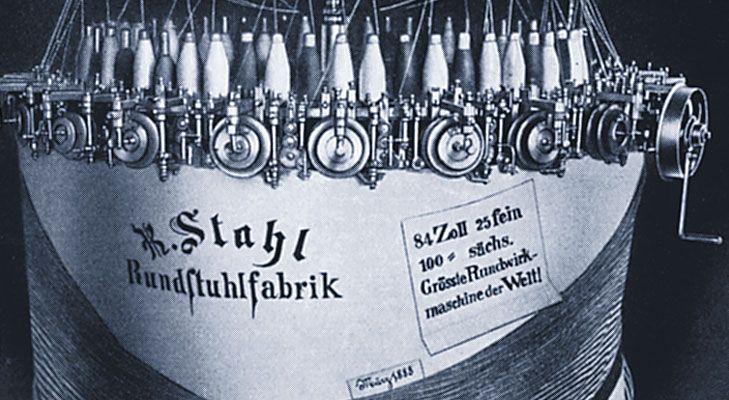
The age of material handling equipment
The second generation
By this time, Rafael Stahl's sons had begun to work in the R. STAHL machine factory. New ideas were devised and implemented. In 1893 R. STAHL's first lift was built. This ushered in the materials handling equipment era here at R. STAHL. The second generation of the Stahl family successfully expanded the business to include lifts, electric hoists (otherwise known as "power lifts") and cranes. In 1908, they branched out to passenger transportation, adding a paternoster lift to their portfolio. The first of these advanced systems was installed directly in a building known as the Graf-Eberhard-Bau in Stuttgart. And in due course, more and more lifts were exported.
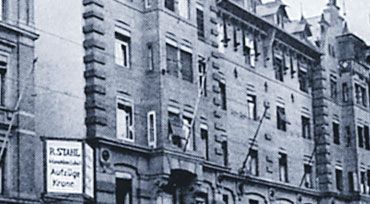
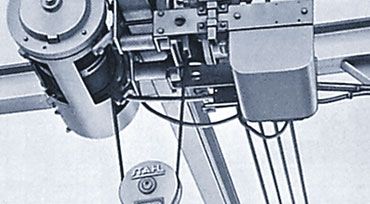
Golden jubilee celebrations and the economic depression
Business was booming when R. STAHL celebrated its 50th year anniversary in 1926. But things started to look tough for the company during the global economic depression that was to come. For the first time in R. STAHL's history, it had to make some of its workforce redundant. From the mid-1930s, however, the outlook was more positive. The company started to make cranes again, as they had in times gone by. But unlike the old cranes, these new cranes had a load capacity of up to 100 tons. Lift and electric hoist production was also looking healthy. With the outbreak of World War II, hard times once again lay ahead. However, these troubled waters were deftly navigated by the company founder's grandchildren. Because of the war, electric hoist production had to be moved from Stuttgart to Künzelsau at the beginning of 1944.
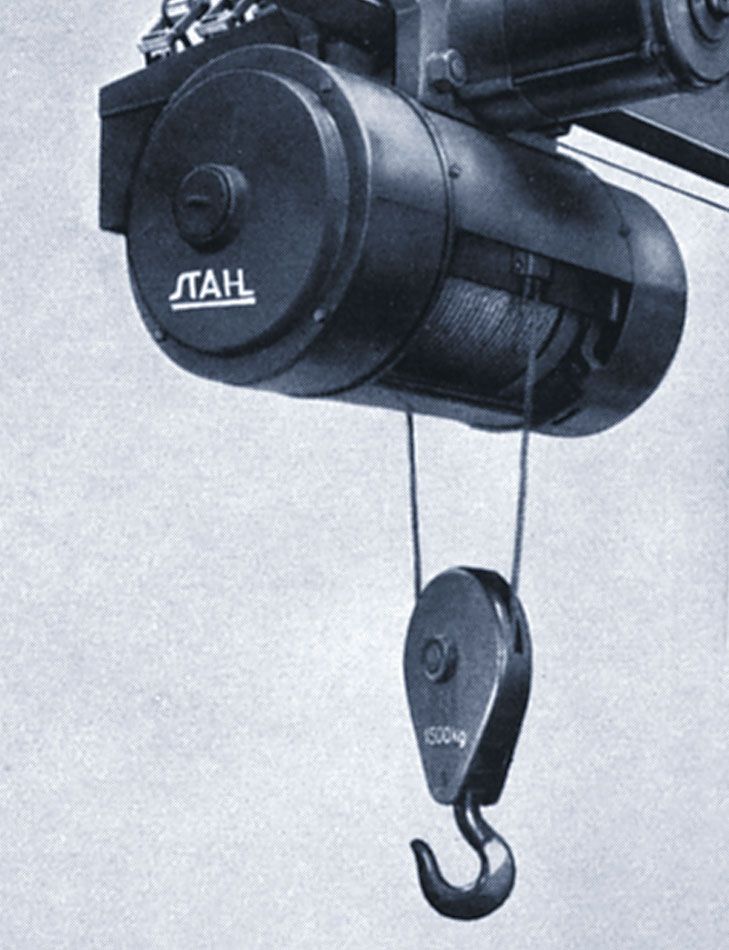
New beginnings and growth
Explosion protection innovations
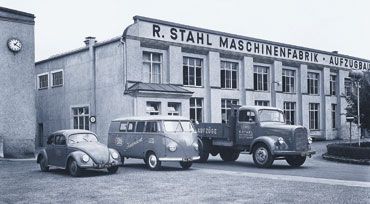
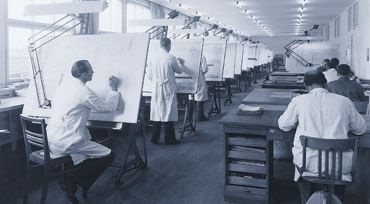
After the war was over, R. STAHL began to grow rapidly. All products were updated or completely redesigned. R. STAHL also started producing explosion-proof switchgears and control gears for lift systems with a completely new design. On this, R. STAHL became one of the leading brand in the market. From 1954, the Ex Switchgear and Ex Control Gear department was run as a department in its own right. In the years that followed, its growth skyrocketed. Amongst the trailblazing innovations to come out of the department was the introduction of plastic enclosures in 1962.
The end of lift production
The increased growth of sales at national and, in particular, international level also had a noticeable impact on lift production. The company was churning out technical masterpieces. These included Europe's fastest lift for the Messeturm (trade fair tower) in Hanover in 1956. 1965 saw R. STAHL merge with A. Zaiser, a Stuttgart-based company with a long history. As part of this merger, Zaiser brought to the table a lift production division and, most notably, an escalator production division. With an ever increasing trading volume, by the end of the 1960s, business had finally outgrown the capacity of the family company. So in 1970, R. STAHL finally ceased producing lifts. The next time the lift production division opened its doors, it would be under its new owners, Rheinstahl.
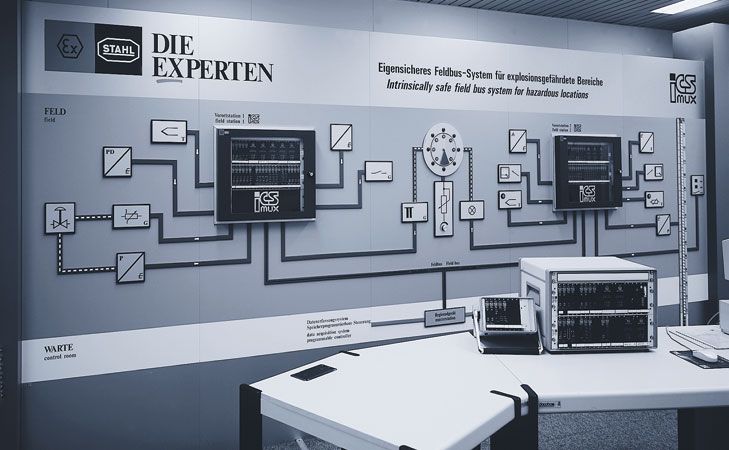
Global presence
R. STAHL capitalised on its successes in explosion protection in the world's most important markets: Europe, America and Asia. In these key markets, new development, production, sales and service companies were materialising all the time. R. STAHL's first subsidiary specialising in explosion protection was founded in the USA in 1979. Another followed in 1983, this time in Japan. At the same time, R. STAHL was busy expanding its Ex protection portfolio. As part of this portfolio, R. STAHL developed the very first explosion-proof remote I/O system in 1988; in 1989, the introduction of EXLUX to its portfolio saw the first ever explosion-proof lighting range go on sale. To ensure that sufficient financial resources would be available to sustain the growth, R. STAHL GmbH & Co. became a public limited company in 1993. It has been listed on the stock exchange since 21st July 1997. When it took over Dutch company ELECTROMACH B.V. in 1998,
R. STAHL became the leading name in the European explosion protection market. That very same year, R. STAHL also entered the operating and monitoring systems market when it acquired what is now known as, R. STAHL HMI Systems.
New momentum
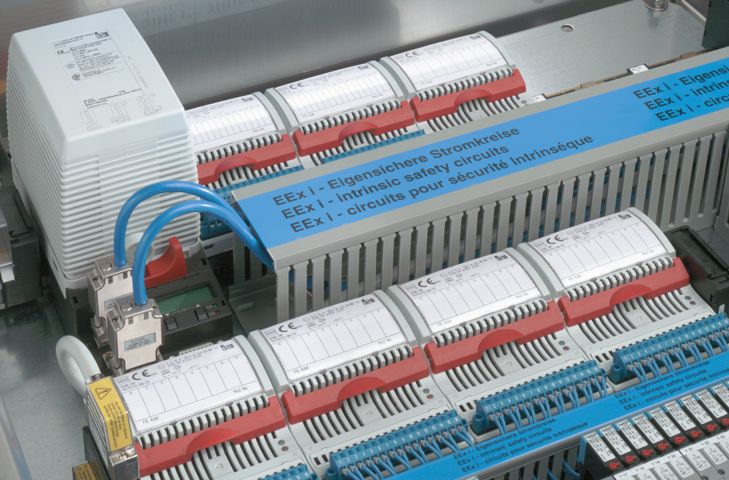
After the Group produced a loss in 2001, the Executive Board launched an extensive restructuring programme. Two years later, and on schedule, the company was once again recording a profit. This was followed by the strategic realignment of the Materials Handling division. The focus was shifted from standard cranes to one-off, custom projects into which R. STAHL could invest all of its vast engineering expertise. Success was achieved sooner than anticipated.
R. STAHL today
Everything on explosion protection
After successfully establishing itself in the niche market that is materials handling equipment, R. STAHL's Materials Handling Equipment division came to the attention of Finnish market leader KCI KONE CRANES. In what was a lucrative deal for R. STAHL, this division was sold to its much larger Finnish rival at the end of 2005. This gave R. STAHL the financial resources to focus fully on the more profitable explosion protection side of the business, allowing it to be further developed. Since then, R. STAHL has been continually expanding its Safety Technology, Explosion Protection and System Solutions divisions. It now has seven production facilities in Germany and overseas, subsidiaries in 23 countries and branches in over 50 locations worldwide.
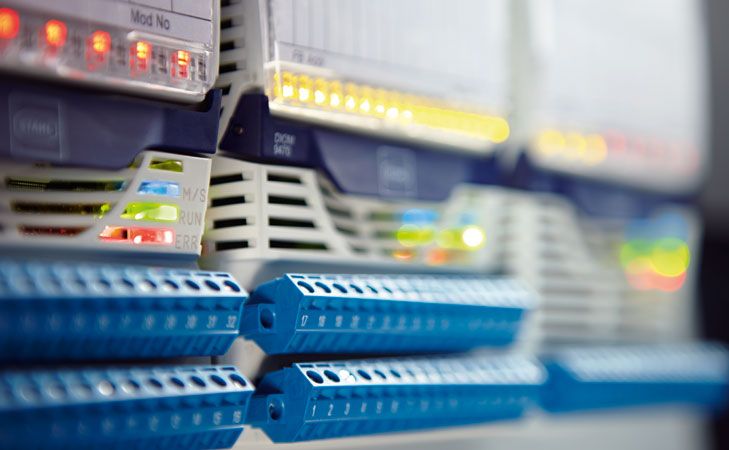
Leading the way in the global market
With the acquisition of Norwegian company Tranberg A.S. in 2006, R. STAHL was able to tap into the marine equipment industry. Meanwhile, R. STAHL was also further expanding its System Solutions division. In 2010, R. STAHL took over Clifford & Snell, making it Europe's second largest company in the signalling devices market. One year later, the company founded R. STAHL Camera Systems. By 2011, it had launched a unique range of camera hardware and camera management software.
Since 2012, R. STAHL has been the world leader in the explosion-proof system solutions market – a position that we occupy quite comfortably.
Leading innovators in its field
By launching a steady stream of new products onto the market, such as our LED lighting, we continually cement our reputation as an innovator in the field of explosion protection. To ensure that R. STAHL retains its position in the vanguard of innovation, we constructed a building for fundamental research, development and other laboratory work at our headquarters in Waldenburg, Germany, in 2014. 2015 saw the inauguration of a new production and development centre in Cologne. Since then, innovations have been coming thick and fast: In 2016, we added additional functions to our remote I/O system, introduced new wireless technology solutions, and developed a clean room HMI system, for example. This allows R. STAHL customers with Ex 4.0 solutions to benefit from the latest generation of innovative explosion protection, now and in the future.



